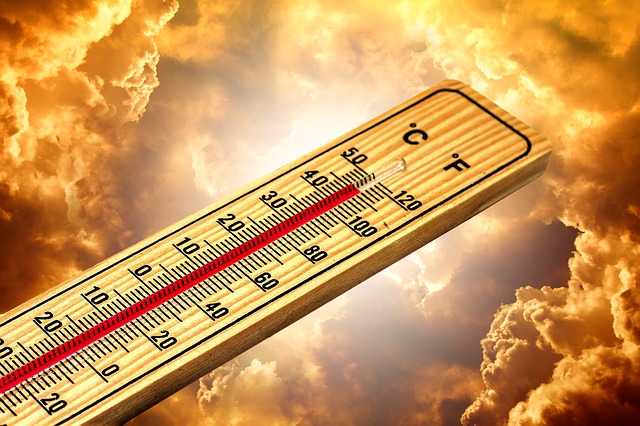
Image by Gerd Altmann from Pixabay
July 17, 2024 - State shut-off rules to help families stay connected to cooling during periods of extreme temperatures have not kept pace with the realities of climate change. Many were written decades ago when in many parts of the country dangerous temperatures were limited to short-term heat waves and the demand for electricity to run cooling systems was much lower because fewer families had access to air-conditioning. NEADA and EPC just published an issue brief that provides background on why energy is becoming less affordable to low income families, and the limitations of current federal funding programs and state shut-off rules to protect families during periods of high summer temperatures.
Key findings:
• Low income families struggle to pay their home energy bills. The rapid increase in the cost of basic goods – food, shelter and energy – have placed millions of low income families in the precarious position of having to choose between paying their home energy bill and food, rent and medicine. While the overall rate of inflation is finally starting to come down, the impact of rapidly rising prices in the last year have taken their toll.
• Summer shut-off protections are only required by 19 states and DC. About 49% of the US population (164.2 million) of the US population (334.9 million) live in the 31 states with no summer shut-off protections. Of the 92.3 million people with incomes of less than 200 percent of the federal poverty level, 45.2 million (49.0 percent) live in the states with no shut-off protections. (See page 8)
• The lack of shut-off protections will put millions of low income families at risk of shut-off this summer as the cost of home cooling continues to rise as families crank-up their air conditioning as temperatures continue to reach record levels. NEADA and CEPC recently estimated that the financial burden to families of keeping cool this summer will increase by 8.8 percent across the United States to an average of $719 from June through September, up from $661 during the same period last year.
• Federal Funding for the Low Income Home Energy Assistance Program Reduced by $2 billion: The dangers of extreme heat leave low-income families at heightened risk, due to lack of access to affordable summer cooling, increasing electric costs and cutbacks in funding for the federal Low Income Home Energy Assistance Program (LIHEAP) from $6.1 billion in FY 23 to $4.1 billion for FY 24.
States have reported that due to the reduction in federal funds, they will have no choice this year but to reduce the number of households served by about one million, and reduce average heating and cooling benefits. Its estimated that only around 12% of LIHEAP funds will be used on summer cooling despite predictions of another summer of unprecedented high temperatures. NEADA has called on Congress to restore the additional $2 billion plus $1 billion in emergency funds to help families pay the additional costs associated with cooling this summer.
“We must treat access to cooling like we treat access to heating. All families should be protected against utility shut-offs during this period of rising temperatures and extreme heatwaves. We must develop programs that enable low-income families to stay safe and in their homes during extreme temperatures,” said author of the report, Mark Wolfe, Executive Director of the National Energy Assistance Directors Association. “Our current strategies, including access to cooling centers, may have been appropriate when they were designed in the 1970s when summer temperatures were lower and heat waves were sporadic. They are inadequate to provide relief from the record-breaking high temperatures and continuous heat waves that have become our new normal in the summer months.”
The Center for Energy Poverty and Climate (CEPC) is a nonprofit organization that is creating a platform for policymakers to engage directly with one another to share best practices and lessons learned, brainstorm solutions to difficult problems, and find innovative ways to braid funds and leverage programs to achieve net zero.
The National Energy Assistance Directors Association (NEADA) is the primary educational and policy organization for state directors of the Low Income Home Energy Assistance Program (LIHEAP), a federal program that helps low-income families pay their heating and cooling bills.
Source: NEADA








